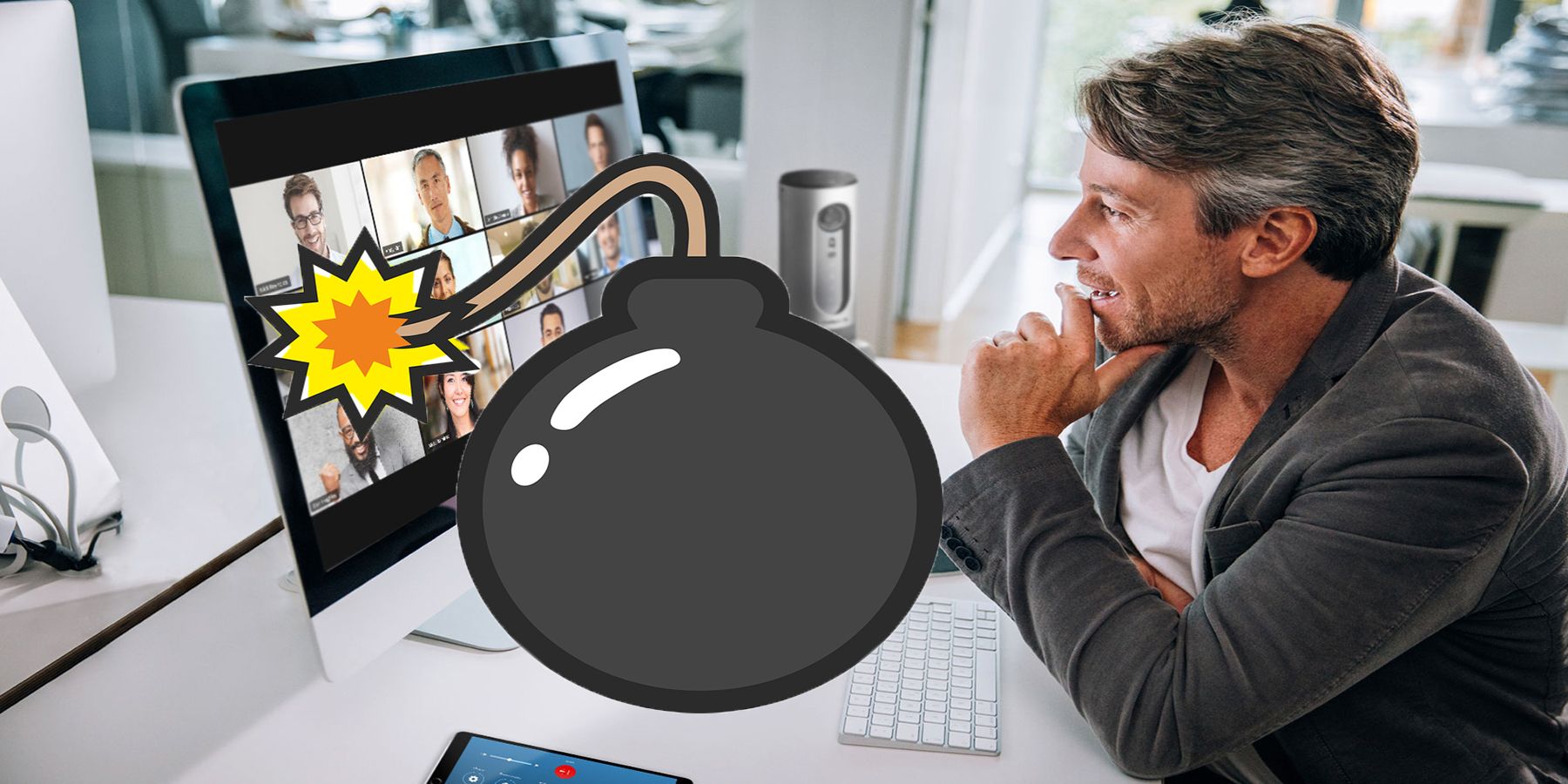Thanks to coronavirus, the world now finds itself in a social distancing reality, and as part of that change, people will need to adapt to several challenges while socializing remotely, including Zoombombing. This can be an annoying issue for users of the video conferencing app Zoom, and especially those that are new to the platform.
With countries turning to a complete lockdown in an attempt to fight the coronavirus outbreak, an increasingly number of people are now stuck at home, and will likely remain there for some time. This means that all the interactions between people living in different places will have to happen via video chat apps like Zoom and Skype. Zoom is arguably the preferred platform for large virtual gatherings, due to the sheer number of people who can participate in a single video call. Some of the other features include the option for participants to join a public chat via a shared link, and screen-sharing where content can be shared and seen by all other callers.
However, both of these options also make Zoom susceptible to troublemakers and gatecrashers that are simply out to purposefully disrupt meaningful discussions - an act now referred to as Zoombombing. With everyone now home, and increased usage of video conferencing, there's also likely going to be an increase in the number of incidents involving unwanted guests and screen shares. In fact, the company recently put out a blog posting on this topic, as well as a good amount on information on how users can protect themselves, and their Zoom meetings.
How To Avoid Being Zoombombed
The first thing to keep in mind is to try and avoid sharing a Zoom meeting link in a public forum as anyone who has the link can join the meeting. Secondly, avoid using a Personal Meeting Room for public meetings. Once someone gets access to a Personal Meeting ID and the personal link, they then can join a meeting in the room at any time. Alternatively, users can also employ two-factor authentication by setting-up a password for participants to use before entering the chat. Again, this should only be shared privately, while a link or the meeting ID can be shared publicly. 'Waiting room' is another useful facility. It is a virtual space where the attendees can wait for the host to let them in. There are a variety of other controls users can employ as well to ensure an uninterrupted session, such as disabling screen-sharing for participants, locking the meeting so no one can enter once it starts, and disabling videos.
While all of these tips will come in handy during the outbreak, they will be of use afterwards as well and especially if the speculations surrounding working from home becoming more permanent comes to be. Of course, if working from home and video chat usage increases after the coronavirus outbreak, then you should also expect developers to come up with even more innovative ideas to make video calls tidier and less disruptive.
Source: Zoom Blog


